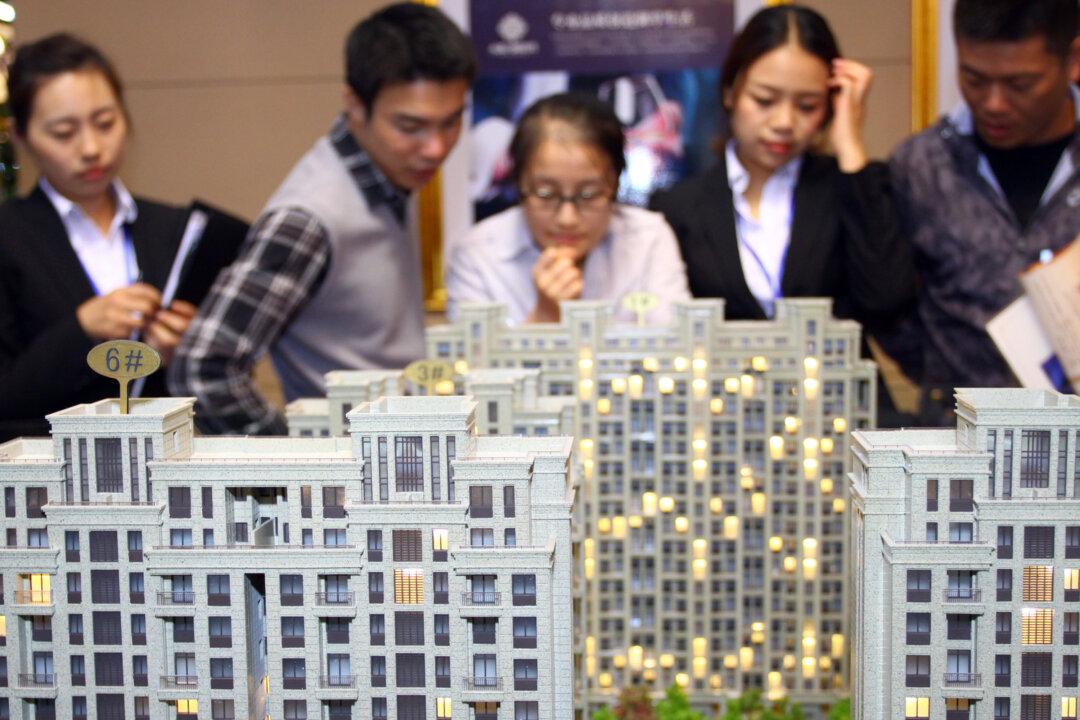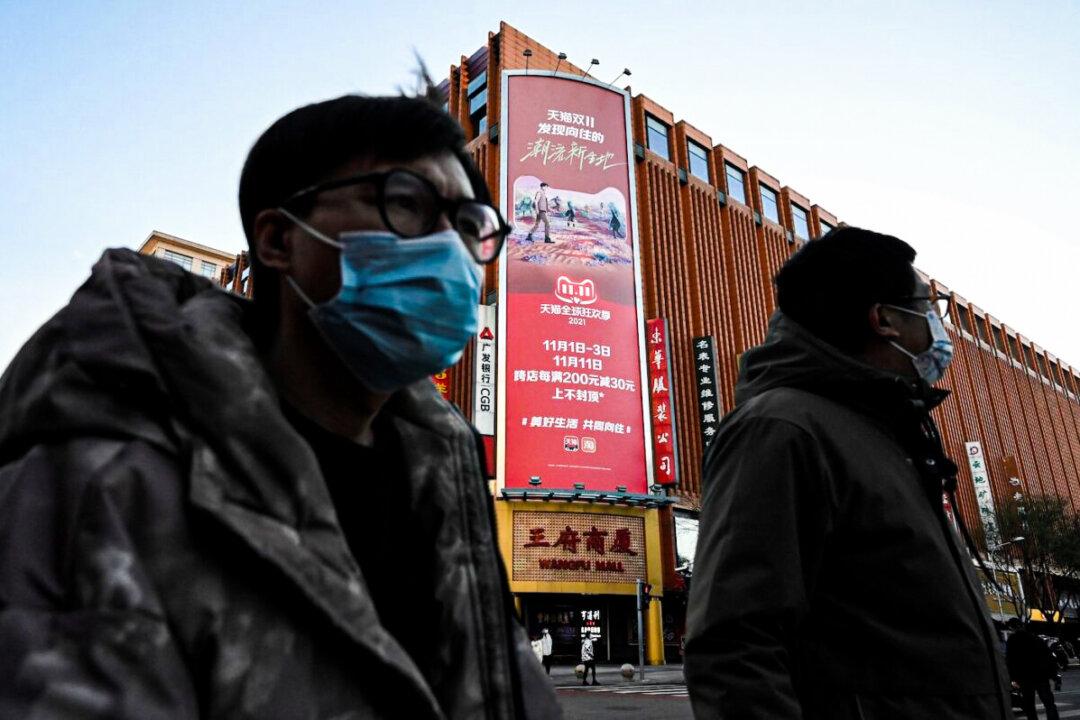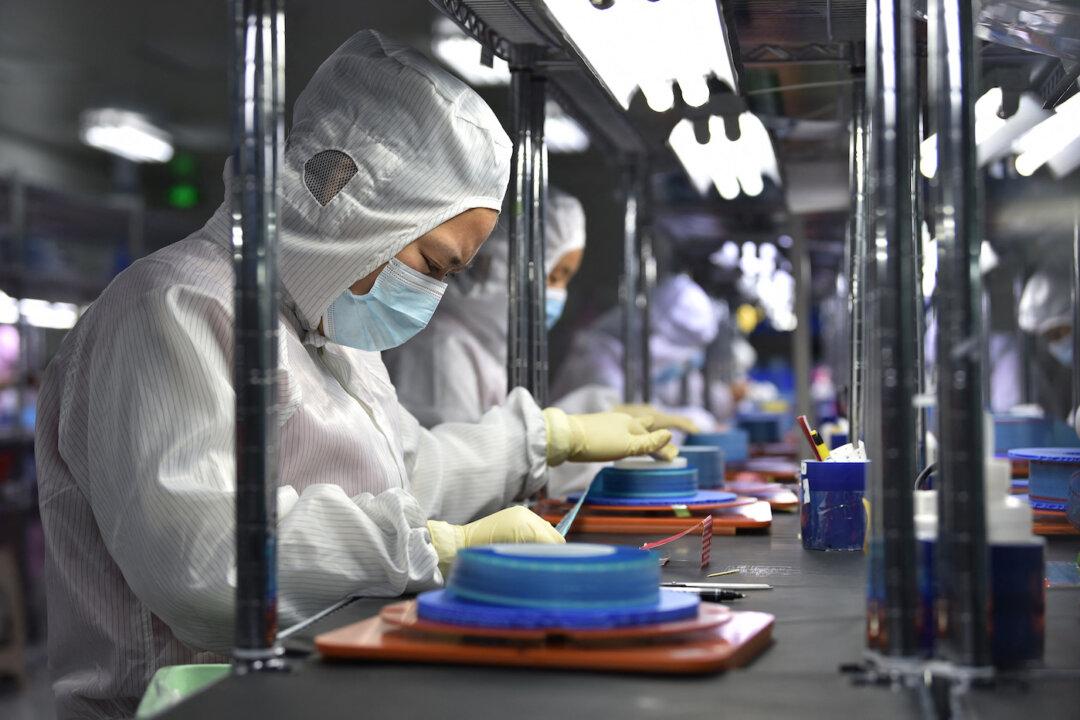Commentary
The U.S. government is now pushing for a new infrastructure plan that starkly resembles Beijing’s 5 trillion yuan rescue plan back in 2009. A significant factor is that mass printing of hard currency plays a key role in both plans. U.S. lawmakers can learn from China’s experience by gaining a deeper understanding of Beijing’s 2009 stimulus plan.





